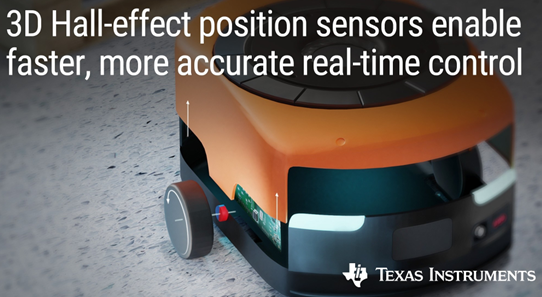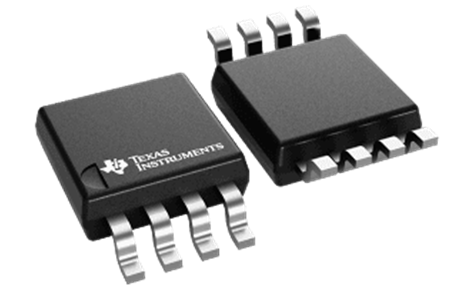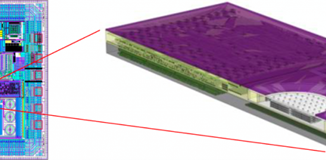
Designed for ultra-high precision at fast speed, new 3D Hall-effect position sensors from Texas Instruments can provide design engineers with faster real-time control in factory automation and motor-drive applications such as robotic vehicles. The TMAG5170 allows engineers to achieve uncalibrated ultra-high precision at speeds up to 20kSPS, says the company.
The first device in a new family of 3D Hall-effect position sensors, it also provides integrated functions and diagnostics to maximize design flexibility and system safety, while using at least 70% less power than comparable devices. The family is being developed to meet a wide range of industrial needs from ultra-high performance to general purpose.
Welcome to the annual Magnetic Sensing Fest at Magnetics Magazine.
Stay tuned for more!
“Smart factories have an increasing number of highly automated systems that must operate in a more integrated manufacturing flow while simultaneously collecting data to control processes,” said Noman Akhtar, senior research analyst, Omdia. “3D position-sensing technology that delivers higher accuracy, speed and power efficiency is essential for automated equipment to quickly deliver precise real-time control for increased system efficiency and performance while reducing downtime.”

The new device becomes the industry’s first 3D Hall-effect position sensor to provide a low 2.6% full-scale total error at room temperature. Drift is 3% total error which is 30% lower than the next closest competitor and at least 35% lower error than comparable devices in the presence of a cross-axis field, says TI.
It eliminates the need for off-chip computation and enables flexible sensor and magnet orientations by integrating features such as an angle calculation engine, measurement averaging, and gain and offset compensation. These features simplify design and maximize system flexibility, enabling faster control loops, reduced system latency and simpler software development regardless of sensor placement.

Safety is increased with smart diagnostic capabilities such as checks for communication, continuity and internal signal path as well as configurable diagnostics for the external power supply, magnetic field and system temperature. This allows engineers to customize a safety scheme at both the chip and system level for long-term reliability and lower design costs. For more information, see www.ti.com.



